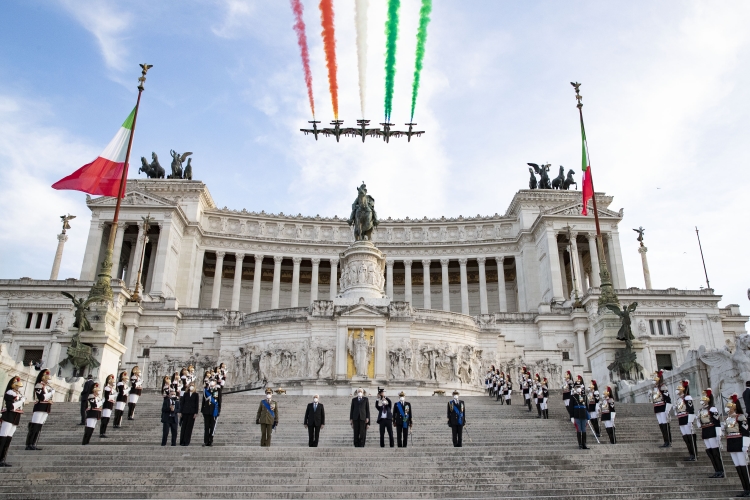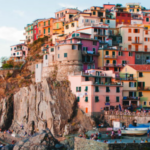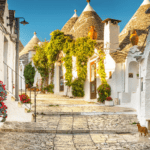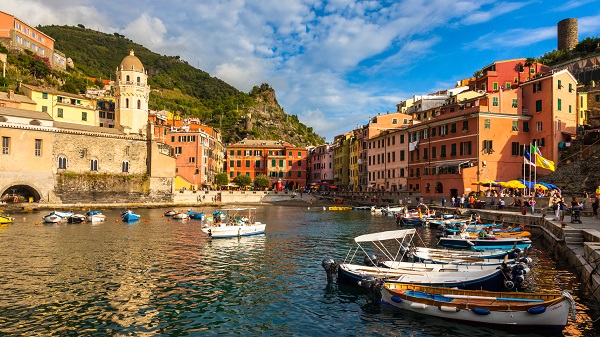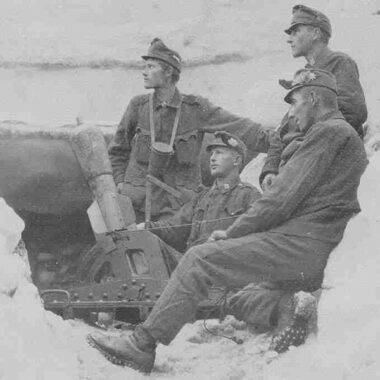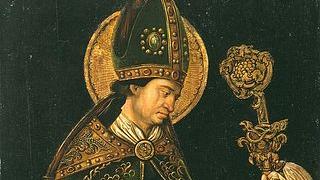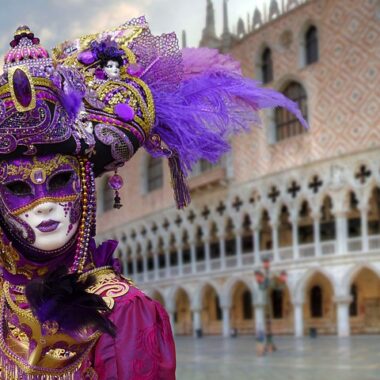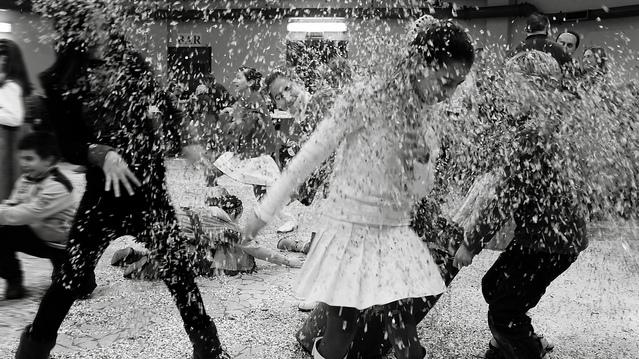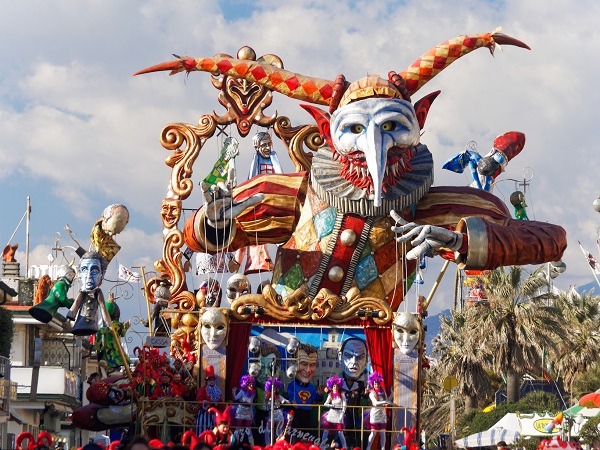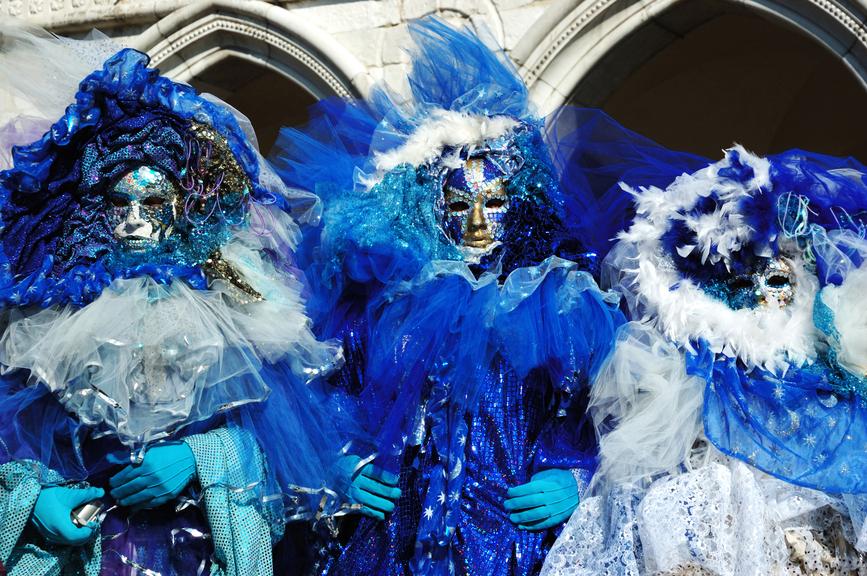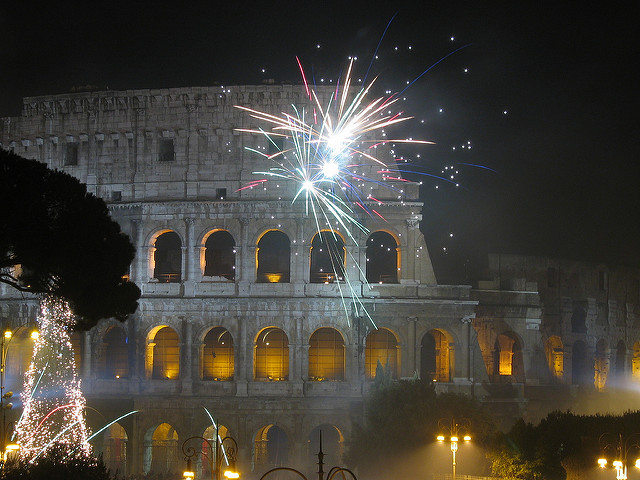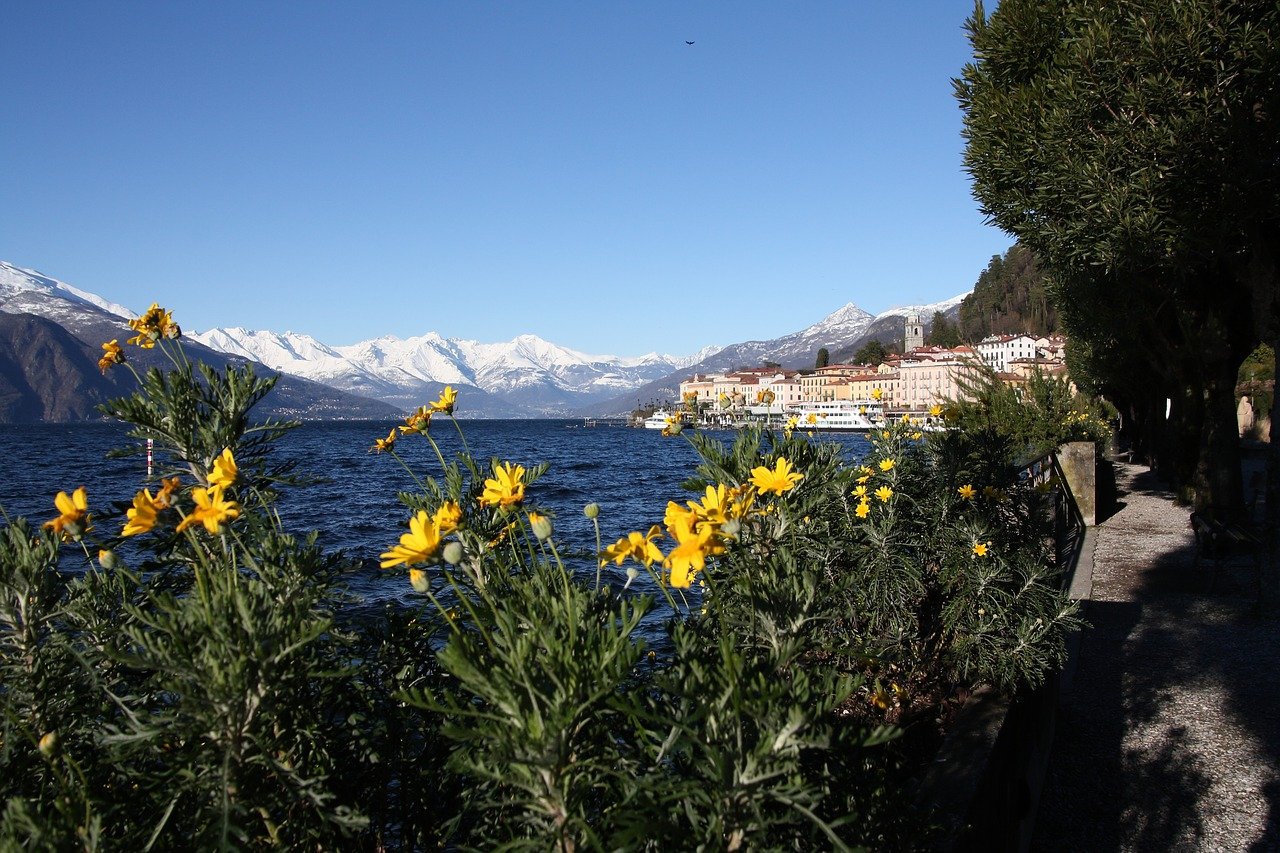Every year, when you look at the calendar in Italy and see the month of April, you know that a major commemoration day is coming up. For Italy’s history, it is a crucial day.
Because not everyone is familiar with the history of national holidays, they are sometimes overlooked. It is essential to trace back the crimes and incidents from the past.
The Resistance Anniversary is celebrated on April 25. Italy comes to a complete stop, there is no work (apart from obviously first-order needs), schools are shuttered, and time moves slowly. A whole nation pauses to commemorate the liberation from fascism, the end of Nazi occupation, and the importance of the partisans on each front along the peninsula.
I clearly recall learning about these meaningful occurrences during what I thought were boring history classes in Italy. One of the few things that happened shocked me and grabbed my attention the most. However, let’s step back and give this milestone the respect and memory it merits.
The historical background
In 1922, while the fascist revolution was at its height, between 30,000 and 300,000 fascist protestors marched into Rome to proclaim their conquest. In response to the attack, Savoy’s King Vittorio Emanuele III bowed to it and tasked Benito Mussolini with forming a coalition government.

On October 29 of the same year, a young journalist and political agitator will have the power to alter Italy’s course. In a short period of time, he constructed a totalitarian dictatorship, obtained full dictatorial authority, and in 1925 was given the position of prime minister.
As the years went by, the dictatorship got worse.
Mussolini adopted the portrayal of a man of the first order, whose political strategy was derailed by the start of the Second World War and which, given the circumstances, did not produce the outcomes he had anticipated and hoped for.
The World War II
Italy entered a new era on May 22, 1939. The adoption of the Patto d’Acciaio (Steel Pact) solidifies the alliance between these two countries and brings Italy and Germany together as allies. From this point forth, Italy would have to fight alongside Germany in all necessary conflicts. Although they were unaware of it at the time, they would soon get the chance, and there would be no escape routes.
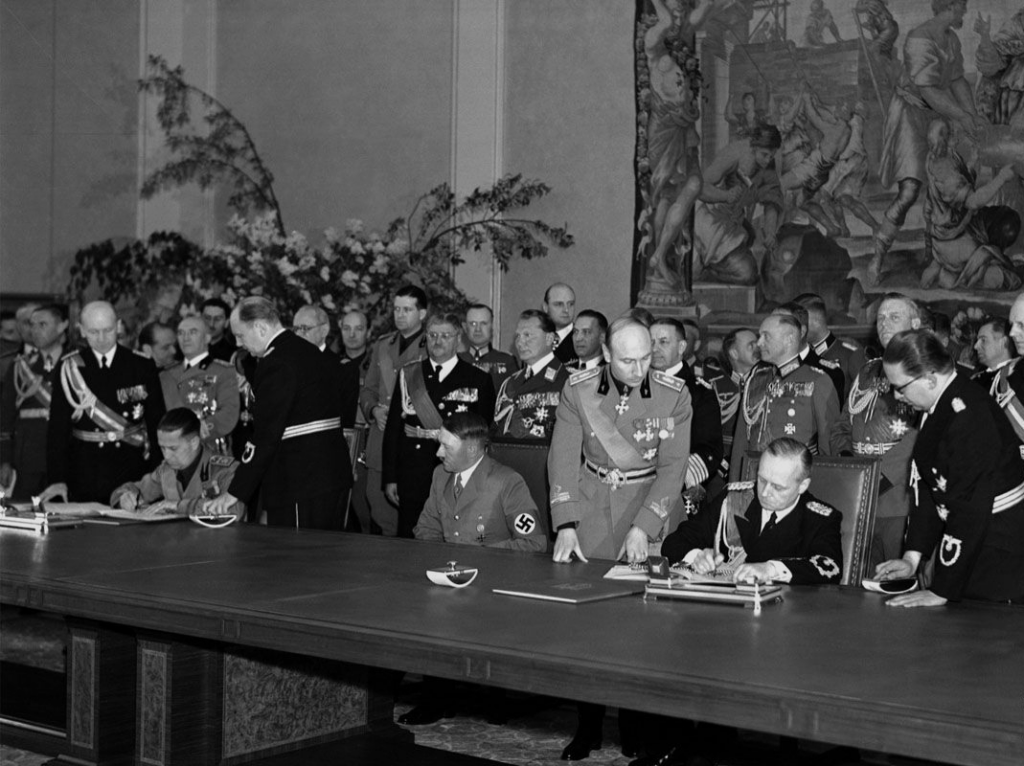
Hitler, the leader of Nazi Germany, launched military operations against Poland on September 1 of the same year. Italy declares war on France in June 1940 and backs the German mission. Officially, Italy is a party to the conflict.
The fascist regime will last a limited time in this power struggle between the main world powers.
Germany, Italy, and Japan were members of the Asse, while France, the United Kingdom, the United States, the Soviet Union, and China were Alleati (allies).
Because the blanket was too short, the Anglo-American troops invaded in Sicily in 1943 to free Italy from fascist rule.
Mussolini’s demise and Italy’s liberation
The Armistice of Cassibile was declared on September 8, 1943. In order to defeat Nazi Germany, the Italian commander Castellano unconditionally surrenders to the Allies. This day symbolizes Italy’s complete abandonment of Adolf Hitler’s interests and the start of the huge Resistance struggle against Nazism.
Mussolini withdrew to Gargnano in this race against time. On April 25, 1945, a general revolt was declared throughout the Nazi-Fascist-occupied regions. The opposing partisans were invited to attack and disarm the country’s fascist and German garrisons.
The simultaneous involvement of partisans and Allies rescued northern Italy from the enemy’s grip before May 1. The Italian Army had no choice but to retire.
As a result, April 25 is a symbolic date. It represents the end of the war and the start of the liberation process. However, it should be remembered that in actuality, it was the total of violent battles and power games that changed the course of history.

Nonetheless, only Law 260 of 1949 was legally enacted on April 25, 1949, with the anniversary in Italy.
After the war, Italy would enter a new era full of advantages and disadvantages, but most importantly, changes. The legendary vote to choose the form of government was held on June 2, 1946. Everyone can see the effects, and the new chapter began with the formation of the Italian Republic.
Bella Ciao and partisan singing
If you are unfamiliar with this song, I recommend watching the video below.
Bella Ciao is one of the most well-known Italian melodies in the world. It may appear controversial, but there is still little uncertainty concerning its origin, or opinions are mixed. Today, its patriotic character is well-established and connected with partisan courage. However, it appears that his renown is relatively new and that he was not well-known throughout the years of resistance.
According to some experts, it was only after the war that it was used to identify partisan ideologies, dispelling the illusion that this song served as an inner fire and a symbol of heroism.
Regardless of its origins, it has become an Italian icon that properly depicts the fight against fascism and Nazi persecution.
How to Celebrate the Italian Liberation Day
On this day of celebration, Italy comes to a halt, but residents’ memories must always be kept alive.
As a result, the laying of the Corona d’Alloro (Lauren wreath) to the Milite Ignoto (Unknown Soldier) takes place every year in Rome in honor of all war fatalities.
The Milite Ignoto aspires to represent all those who died in the conflict without distinction. His identity is in fact unknown, as the corpse was chosen from among the fallen soldiers without any identifying characteristics. His mausoleum is located in the Victor Emmanuel II National Monument, often known as the Vittoriano or Altare della Patria.

The deposition is a symbolic event with a yearly frequency that is rich in patriotism and respect.
The current republic’s president deposes the laurel wreath. Sergio Mattarella will be honored this year, as he has been for the past eight years.
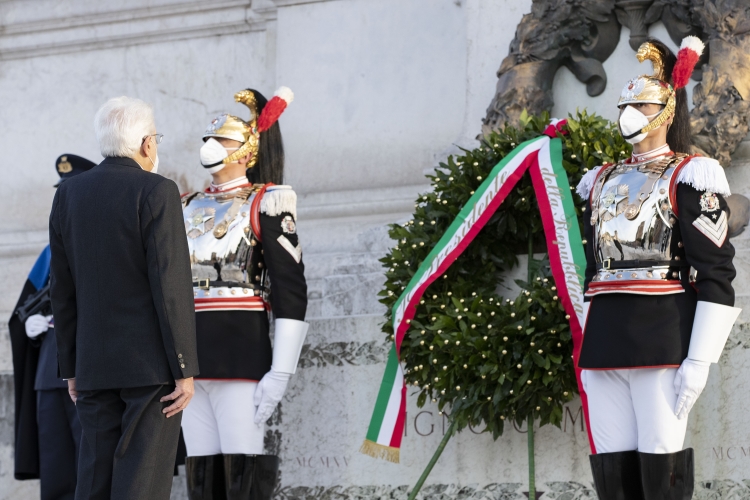
As with any holiday, this is an opportunity to spend time with loved ones, and with May just around the corner, take advantage of the nice weather to spend the day outside.
How to spend time with your family
It is always beneficial to remember and not forget. In this regard, I am obligated to offer the most essential Liberation Day films that can show you this awful reality from a different perspective.
- Roma città aperta (1945)
- Paisà (1946)
- Mussolini, ultimo atto (1974)
- La notte di San Lorenzo (1982)
- Il partigiano Johnny (2000)
- The forgotten front – la resistenza a Bologna (2020)
If you are fortunate enough to be in the company of those who have witnessed these occurrences, I encourage you to listen to his stories and immerse yourself in the past for at least a short time.
Another question before we go.
In 2015, a unique collector’s stamp was issued in Italy to commemorate the 70th anniversary of the country’s liberation. It was intended to remember the Nazi-Fascist atrocities carried out in the quarries of Via Ardeatina in Rome on March 24, 1944.


